1921 (Taisho 10) Sunday, October 30 Kabuki-za Theater in Kobikicho, Kyobashi-ku was burnt down by a fire caused by a short circuit. It was in the same location as Ginza 4-chome where the present Kabukiza is located, and it was a building called the second Kabukiza which was renovated in 1911 (Meiji 44). 10 years had passed since it was built. On the way, in 1913, Takejiro Otani of Shochiku became an affiliate.
The fire broke out at 7:20 AM on October 30. Many workers have been working overnight since the 28th in preparation for the November performance, which will soon begin on November 3. More than a dozen stagehands discovered the fire caused by a short circuit from the electrical room, and tried to prevent it by contacting people in all directions. However, the fire spread quickly and quickly throughout the building and burned down in only 40 minutes. The site is 2000 tsubo, the building is 1500 tsubo, and the building cost is 3 million yen. It is also said that each actor’s room was lavishly decorated like his own house.
The November performance at Kabuki-za was successfully held after Ichimura-za Theater, run by Toshijiro Tamura, the eldest son of Nariyoshi Tamura, a former Kabuki-za manager before Shochiku who died in November of the previous year, offered to provide it. Ichimura-za Theater is one of Edo Sanza Theater which has been in existence since Edo period. Edo Sanza became Nakamura-za Theater, Ichimura-za Theater, and Morita-za Theater, and after Kabuki-za Theater was established in 1889 (Meiji 22), they were in rivalry, but all of them gradually declined. Ichimura-za Theater was located in what was then called Yani Chomachi (1-chome, Taito, Taito Ward), and since the performance was suspended in November, it was decided to perform the programs scheduled to be performed at Kabuki-za Theater, such as “Sakura Shin Emaki,” “Ben no Naishi,” “Hiragana Seisuiki,” and “Ushi Nenbutsu Gion Yawa.”.
The Kabuki-za Theater was burnt down this time, but reconstruction started soon. However, 2 years later, on September 1, 1923 (Taisho 12), the Great Kanto Earthquake caused a tragedy in which the building under construction collapsed again, and construction was suspended, and the third Kabuki-za Theater was completed in December 1924 (Taisho 13). 20 years later, in 1945 (Showa 20), it was destroyed by the Great Tokyo Air Raid and burned down. In 1950 (Showa 25), the fourth stage Kabuki-za Theater was completed and enjoyed for 60 years. However, it was rebuilt due to deterioration, and the current fifth stage Kabuki-za Theater was completed in 2013 (Heisei 25).
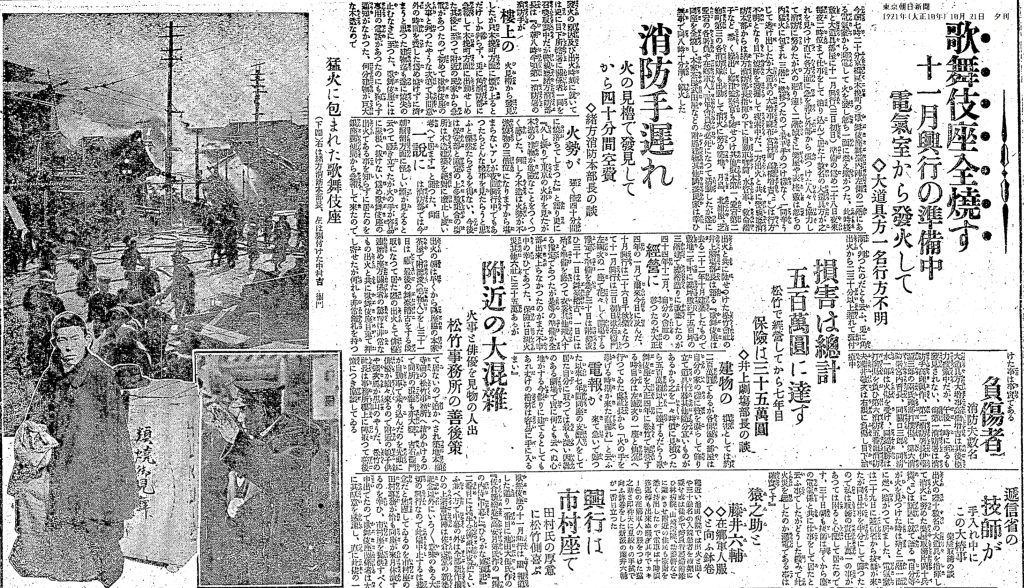
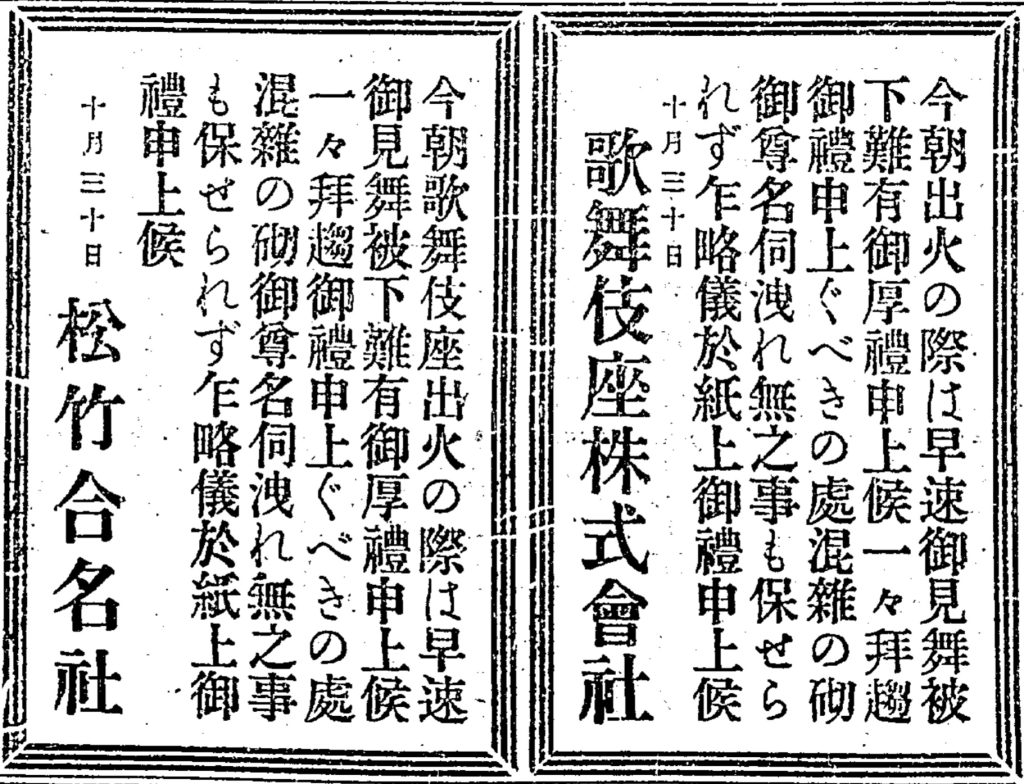
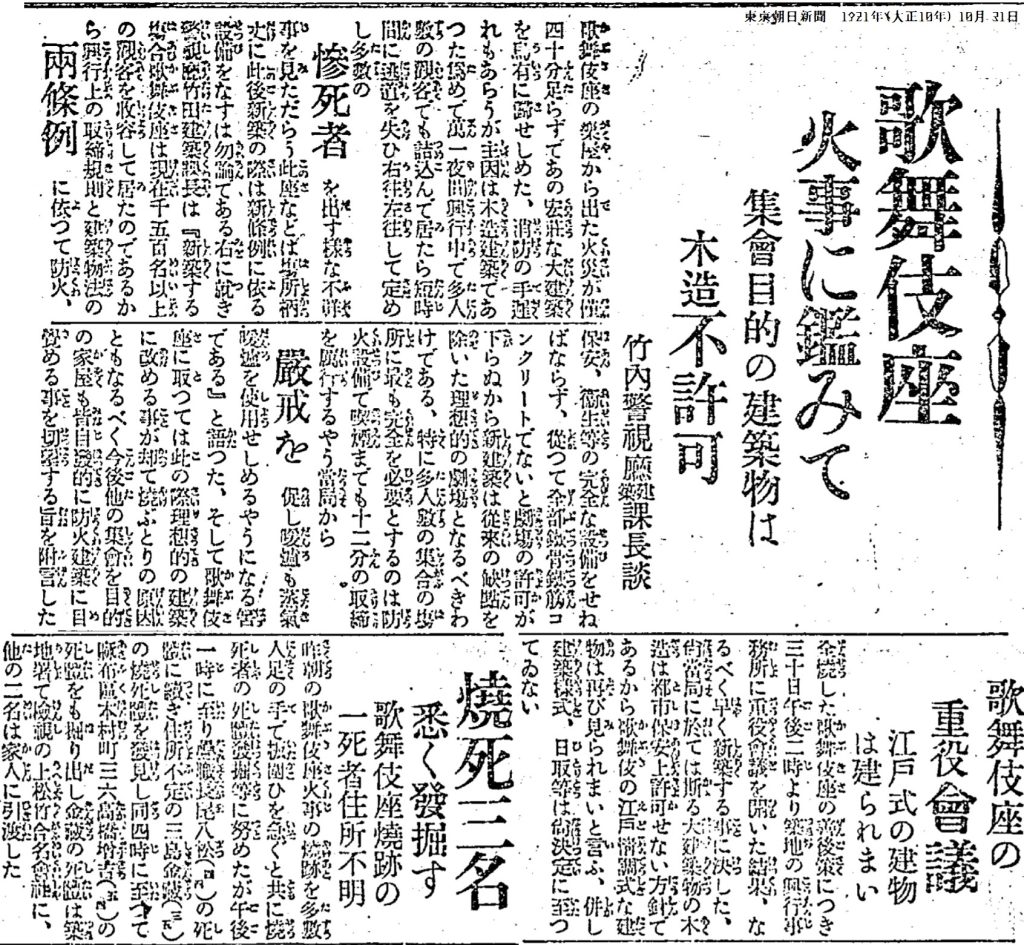
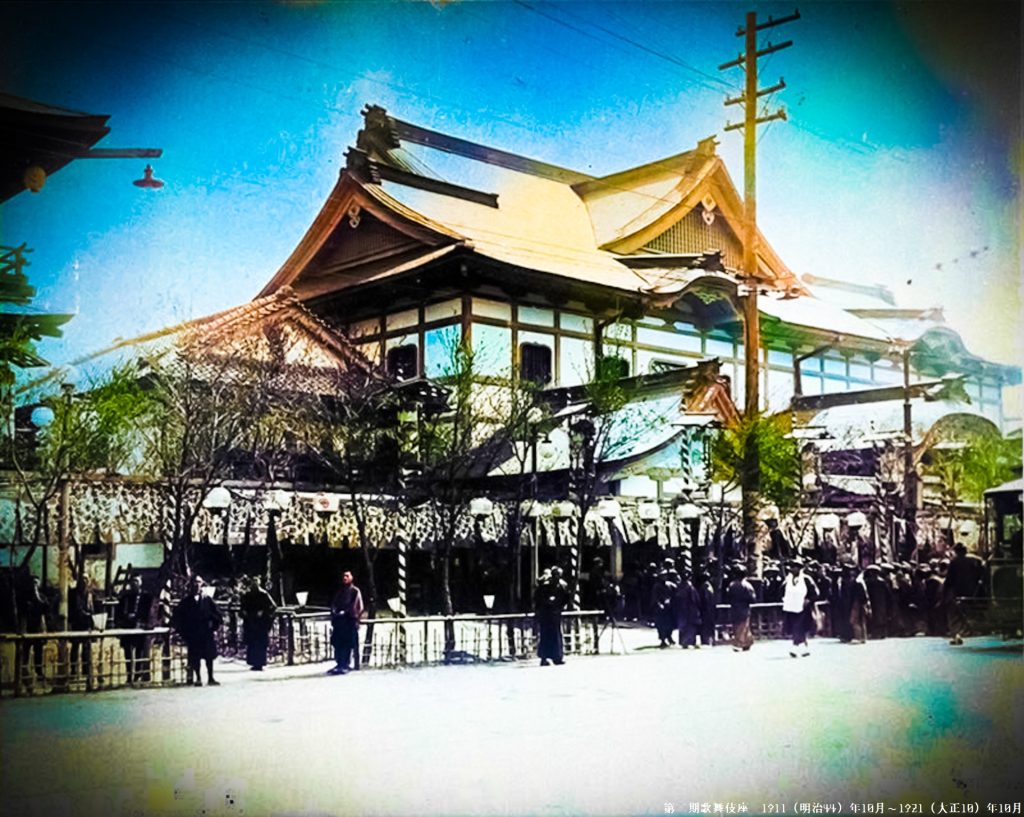

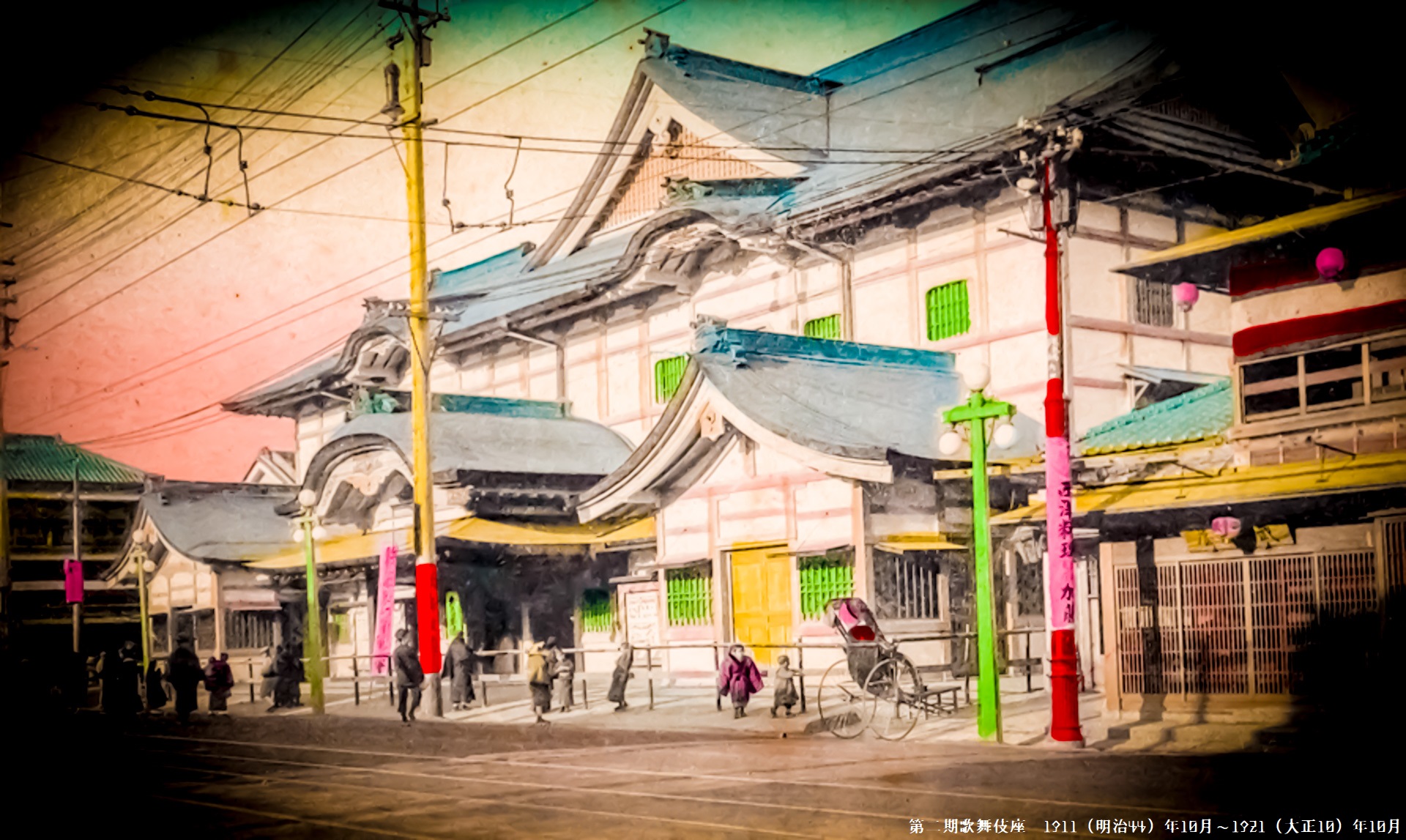


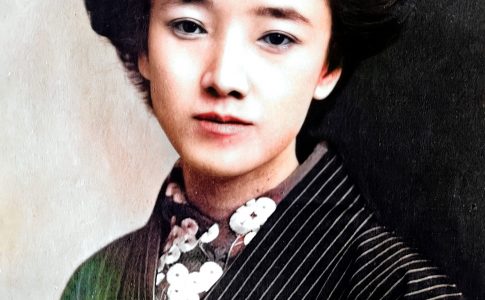
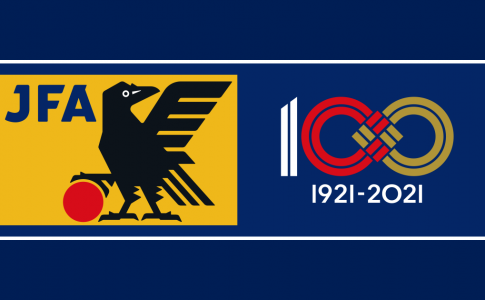
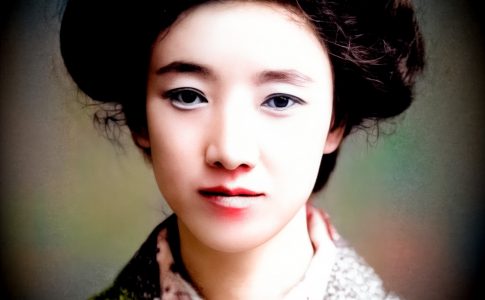
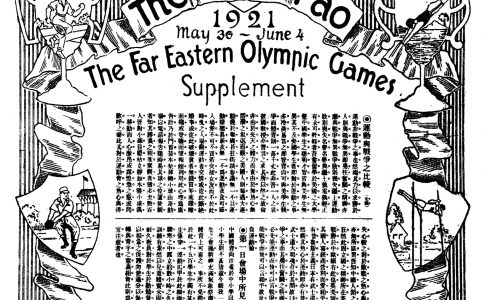
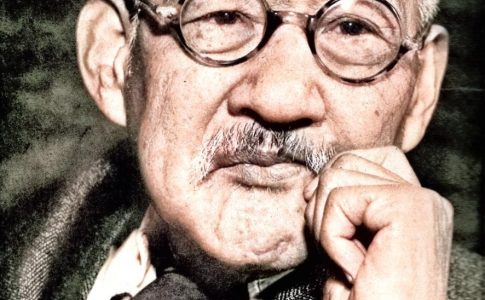
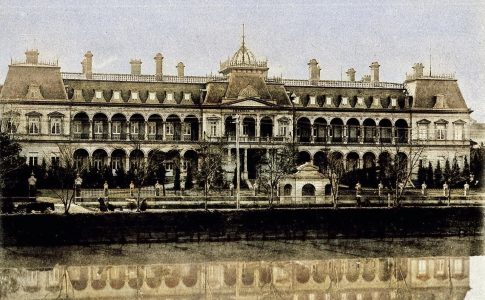
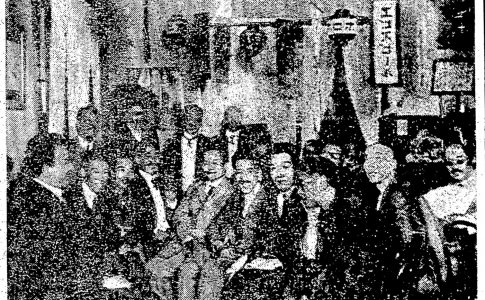

Leave a Reply